As the result of an expedition by Army Major Stephen Long, who was sent to the region in 1820 to find the source of the Platte River, this area was declared "unfit for cultivation and uninhabitable by a people depending on agriculture." For almost 40 years, only trappers and explorers shared this area with the Arapaho, Cheyenne, Ute and the bison. But with the prospects of the 1858 gold rush, new settlers began diverting mountain creek drainages for irrigation. This "Great American Desert" was transformed into one of the greatest food producing regions at that time.

The site's original homesteader, George McIntosh, convince his daughter, Minnie Lohr to move her family back to the farm and build this house in 1909. It replaced the 1868 log cabin and is typical of the period. In the back was a well which supplied water for drinking, cooking and bathing. The outhouse was located strategically in the shade!

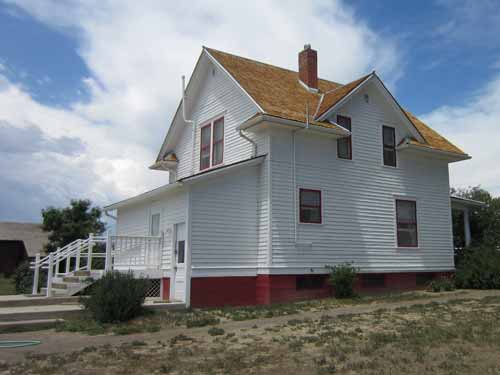
The Lohr House
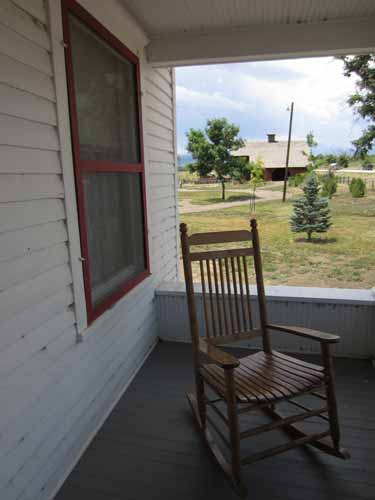
Surrounded by spectacular views back then... smog-free mountain ranges and herds of bison on the open plains

While the house is original, the furniture is not, although attempts were made to keep it around the same time period.


A song on the player piano



George and Minnie Lohr around 1900, looking most happy. To be fair, exposure times had to be rather lengthy back then in order to take a picture, so smiling that long without moving would have been fairly difficult.

You had to open it up in order to dial.

The upstairs bedroom


A... um... shoe bug?
For the first decade they were here, agriculture boomed. They grew crops and raised livestock and chickens. In 1881, George McIntosh needed a large barn to keep up with the growing ranch. He built if facing south, to allow for warmth in winter. It was also built to sway, in order to survive the strong winds. The upper half of the barn stabled mules and horses and stored hay. The lower half (under ground mostly) was a cool place to milk cows.

The McIntosh barn





The horse stalls

A beautiful old saddle

The view under the barn then...

... and now. Needless to say, it had very earthy, dusty smell.
There were also many animals about the farm.

Thirteen-lined Ground Squirrels darted about. They moved too quickly for me to actually verify that they had thirteen lines.

Hey you goats, knock it off! I'm trying to take a nice picturel!
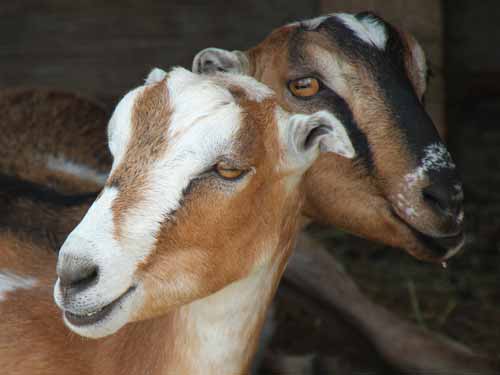
That's much better. Thank you.

Tom, one of the caretakes of the place, wakes up the little pigs. They had just arrived last night from a neighboring farm and were still quite unsure of their new surroundings. The center will only keep them for the summer, while they are cute and easy to care for. By the fall, they will each weigh close to 200 pounds.

Eventually they ventured out.


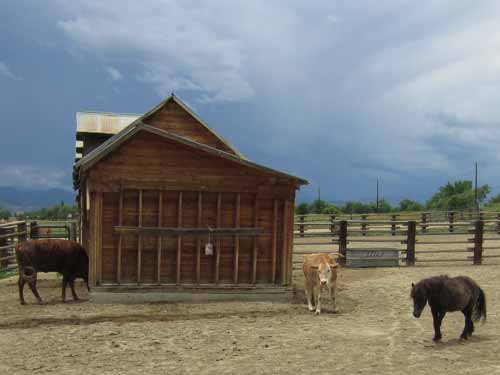
Miniature horses are much smaller than ponies and are more closely related to horses. They were originally bred as pets for European nobility or used in English coal mines. Some miniature cattle were bred down from larger breeds, while others were from naturally smaller breeds. Many small farms began using them because they could be kept on small acreage.

Belgian Draft horses, while not the biggest or strongest of horses, were popular due to their willingness to work and their gentle personalities. Weighing around 2,000 pounds, these horses were used to pull plows in the field. They are mostly used as show horses today, pulling carriages and wagons.

A gentle nuzzle with her foal.

Note how much bigger the baby Belgian horse is than the full-grown minuature horse!
In the last barn, the Stroh-Dickens barn, there were lots of fun exhibits and things to do. Built in 1900 on the property of William Dickens Jr. (which was later owned by the Stroh family) several miles to the east, this barn was moved here and restored in 1989.

The Stroh-Dickens barn
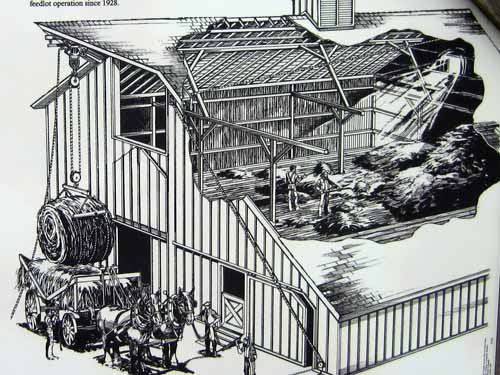

A big horse!

Regan gives a good pull on the Horse-o-meter.

I don't know... is that good or not?

Just in case you were shopping for some nice barbed wire

Great stories from the past

